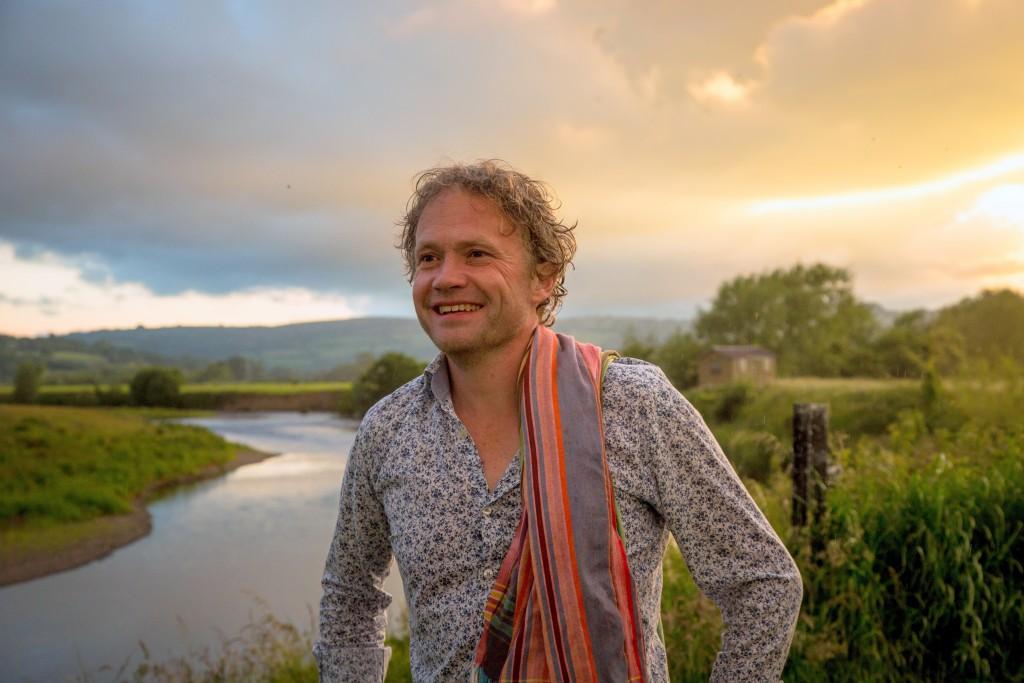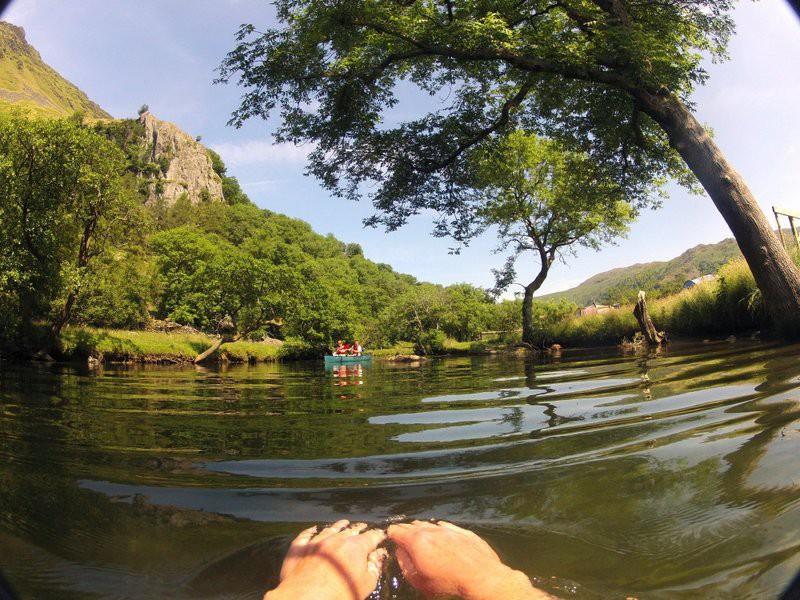battleface speaks to best-selling author Daniel Start on his mission to reintroduce wild swimming and the natural environment to a new generation.
Follow his tips and you’ll soon be singing ‘Wild thing, you make my heart swim.’

The first thing that comes to mind when I hear ‘wild swimming’ is swimming…. Am I missing something?
Well, I think when you say you’re ‘going swimming’ in the UK and Europe, to some extent, it would generally mean you’re going to your local aquatic centre or municipal pool, or possibly a beach, which is why we’ve differentiated what we’re promoting.
Think about it this way: Since the 1930’s we’ve largely abandoned thinking of our waterways in the natural landscape as recreational areas and places to swim. The perception that they are too dirty or polluted persists and add to this the weather which means the water is cold, then the term ‘wild’ is just a metaphor for the mindset to challenge yourself to cold water swimming in an environment that’s been regenerated and ready to discover.

And that’s what thousands are doing each year. People are realising they work too many hours, that phones and computers dominate their lifestyle even after work has ended for the day, and that there are ways to find relaxation, health benefits and community connections through wild swimming.

And are the waterways clean and safe?
While there is always something to be done and we’re constantly advocating for improvements in water quality, I’m confident that it’s the best it’s been in living memory. So yes, all safe, though caution is required after long droughts or flooding for obvious reasons.

So how did you transform your passion for swimming and nature into this movement?
I guess it’s to do with my childhood. Some of my best memories were swimming in the River Wye and then fast forward I’m in my mid-30s, stuck in an office in London doing a job I’m not so interested in during one of our hotter summers, around 2006…. And I was searching for somewhere close to me to swim and there just wasn’t any useful information available.

I just thought it would be fun and personally rewarding to find and document places to swim and find out if people are still doing it. So, I quit my job and took a year to research and write about the traditions and locations of river and lake swimming in the UK.
This turned into a book which did well and was recognised internationally and kick-started my journey into business as a publisher of wild swimming, exploring, and connecting people with their environment.

What’s the deal with the cold water and health benefits? Why should we go ‘wild swimming’?
The physical and psychological health benefits of swimming in natural, cold waters have been long known to improve well-being. Wild swimming delivers an endorphin high that raises mood, pleases the senses and creates an addictive urge to experience invigoration that only cold water delivers.

After regularly experiencing wild swimming, a process known as cold adaption kicks in which reduces the shock sensation that cold water creates. There are plenty of credible studies to show that cold water immersion positively improves mood and your immune system – and it’s a sure-fire way to burn calories quickly and improve muscle tone.

Ask anyone who participates in wild swimming, and they’ll tell you that it is an excellent way to de-stress – the cold water helps create mindfulness of the moment, focusing your awareness on the here and now, not the worries or concerns of life outside the waters.

Right, I’m interested, where do I start?
If it’s your first time in cold water without a wetsuit, make sure you’re warm before you get in – walking to the site and doing some warm-up exercise and stretching always helps. Once you’re in the water it takes a few minutes before the cold feeling goes away, so persevere and you’ll feel great. In general, the more you swim in cold water the less you will feel the cold and the greater the health benefits.
If you’re unsure about where you should go then just check out a location close to you from Wild Swimming, or ask locals where they swim in the summer.

However, it’s important to understand your own swimming ability and tolerance in cold water so take it easy to start, make sure you aren’t alone, and take some time to understand what the risks are and how to stay safe.
Ten Ways to be Wild and Safe
1. Never swim in canals, urban rivers, stagnant lakes or reedy shallows
2. Never swim in flood water and be cautious of water quality during droughts
3. Keep cuts and wounds covered with waterproof plasters if you are concerned
4. Avoid contact with blue–green algae
5. Never swim alone and keep a constant watch on weak swimmers
6. Never jump into water you have not thoroughly checked for depth and obstructions
7. Always make sure you know how you will get out before you get in
8. Don’t get too cold – warm up with exercise and warm clothes before and after a swim
9. Wear footwear if you can
10. Watch out for boats on any navigable river. Wear a coloured swim hat so you can be seen
All pics ©Daniel Start and wildswimming.co.uk









